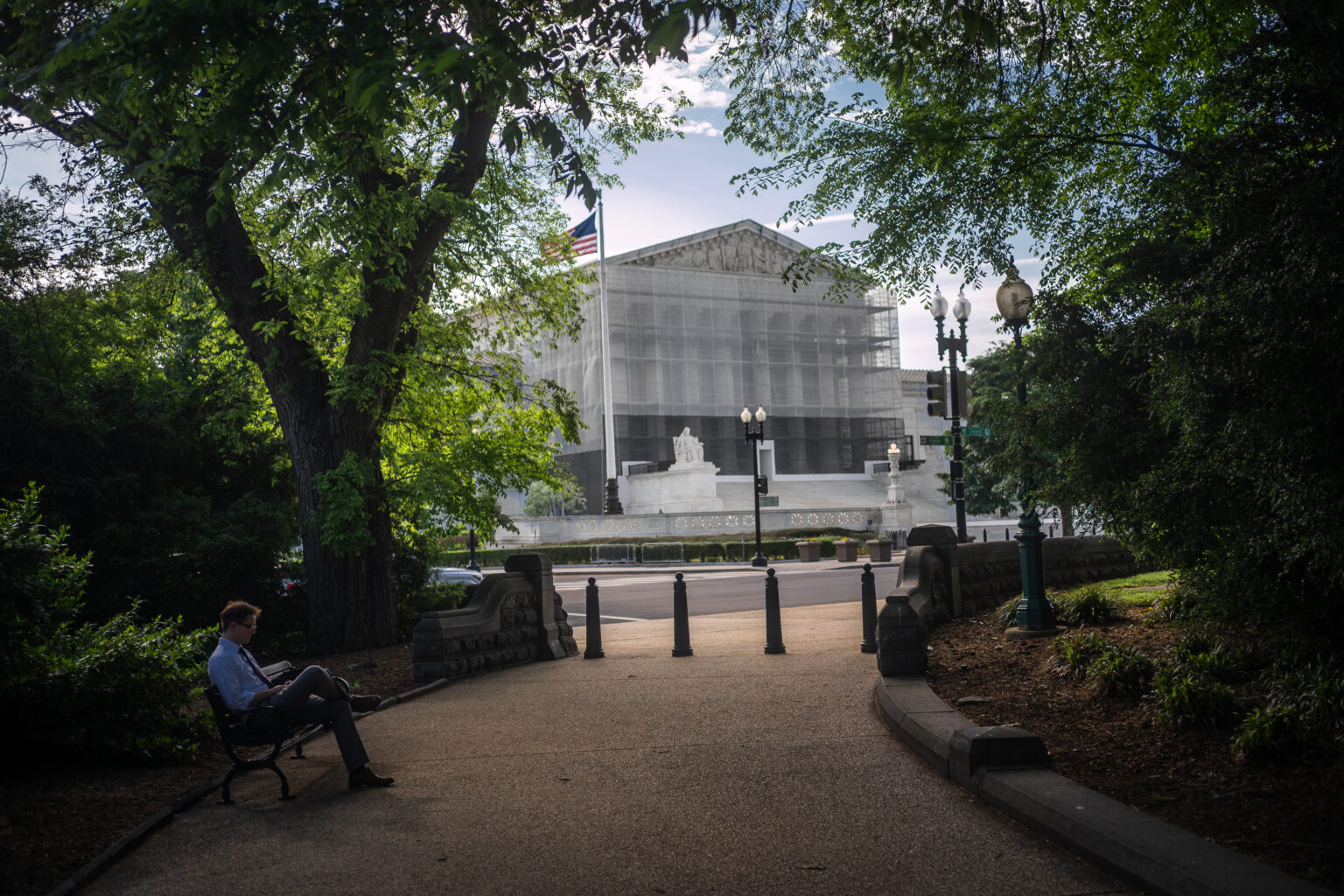Supreme Court Eases Standards for Students Claiming Disability Discrimination in Schools
In a landmark ruling on Thursday, the Supreme Court has clarified the legal threshold for students seeking to demonstrate that educational institutions are failing to provide adequate accommodations for disabilities. The decision favors the family of a Minnesota teenager suffering from a severe epilepsy condition, who argued that her school district should have offered alternative instruction outside regular hours to meet her medical needs.
Reevaluating the Burden of Proof in Disability Rights Cases
By a unanimous vote, the justices affirmed that the standards used to assess claims of disability discrimination in educational settings should align with those applied in broader disability law contexts. The ruling challenges the previous approach taken by some lower courts, which had set a higher, more difficult-to-meet bar for students to prove their rights under laws such as the Americans With Disabilities Act (ADA) and the Rehabilitation Act. This change aims to ensure that students with disabilities are afforded consistent protections across different legal frameworks.
Chief Justice John G. Roberts Jr. emphasized in the opinion that certain lower courts had “implicitly limited the ability of disabled schoolchildren to vindicate their independent ADA and Rehabilitation Act rights,” thereby complicating efforts to obtain legal remedies intended by Congress.
The Case of Ava Tharpe: A Wake-Up Call for Educational Accessibility
The legal saga began in 2015 when Ava Tharpe transferred to a school in Minnesota. She suffers from a rare and severe form of epilepsy that triggers intense seizures predominantly in the morning, rendering her unable to attend classes before noon. Additionally, she requires assistance with mobility and bathroom needs. Her previous school accommodated her by providing evening instruction, but her new district, Osseo Area Public Schools, refused to offer similar arrangements.
The district provided various reasons for denial, including concerns about setting a precedent for other schools and a reluctance to conduct instruction within her home environment. Despite these explanations, Ava’s parents argued that her right to an appropriate education was being violated.
Legal Proceedings and the Shift in Judicial Standards
From 2015 to 2018, Ava received only about four hours of daily instruction, significantly less than the typical six and a half hours. After the district proposed further reductions, her family filed a complaint under the Individuals With Disabilities Education Act (IDEA), which allocates federal funding to ensure disabled students receive a “free appropriate public education.”
An administrative law judge found that the school district had indeed violated IDEA, a decision later upheld by federal courts. Subsequently, the family filed a lawsuit under the ADA and related statutes, seeking a permanent injunction to compel the district to provide suitable accommodations. However, both a district court and the Eighth Circuit Court of Appeals dismissed the case, citing a higher standard of proof.
The Eighth Circuit held that students must demonstrate “something more than a mere failure to provide” an appropriate education, requiring proof of “bad faith and/or gross misjudgment.” This standard was more stringent than the “deliberate indifference” standard used in other disability discrimination cases, making it harder for students to succeed in their claims.
Implications for Future Disability Litigation in Schools
During oral arguments in April, Roman Martinez, representing Ava’s family, argued that imposing such a high standard unfairly disadvantages students facing discrimination in educational settings. Conversely, Lisa Blatt, representing the school district, contended that lowering the bar could lead to an increase in legal actions against schools, potentially risking severe penalties and jeopardizing federal funding.
Blatt warned that reversing the lower court’s decision could expose approximately 46,000 public schools nationwide to liability, with even good-faith disagreements risking legal consequences or loss of essential federal support.
Looking Ahead: A New Legal Landscape for Disability Rights in Education
This ruling marks a significant shift in how courts evaluate claims of disability discrimination in schools, emphasizing the need for consistent protections under federal law. As the legal community and educational institutions adapt to this decision, it is expected to influence future cases and policies aimed at safeguarding the rights of students with disabilities.
Stay tuned for updates as this story develops and more details emerge about its broader impact on educational law and disability rights.

